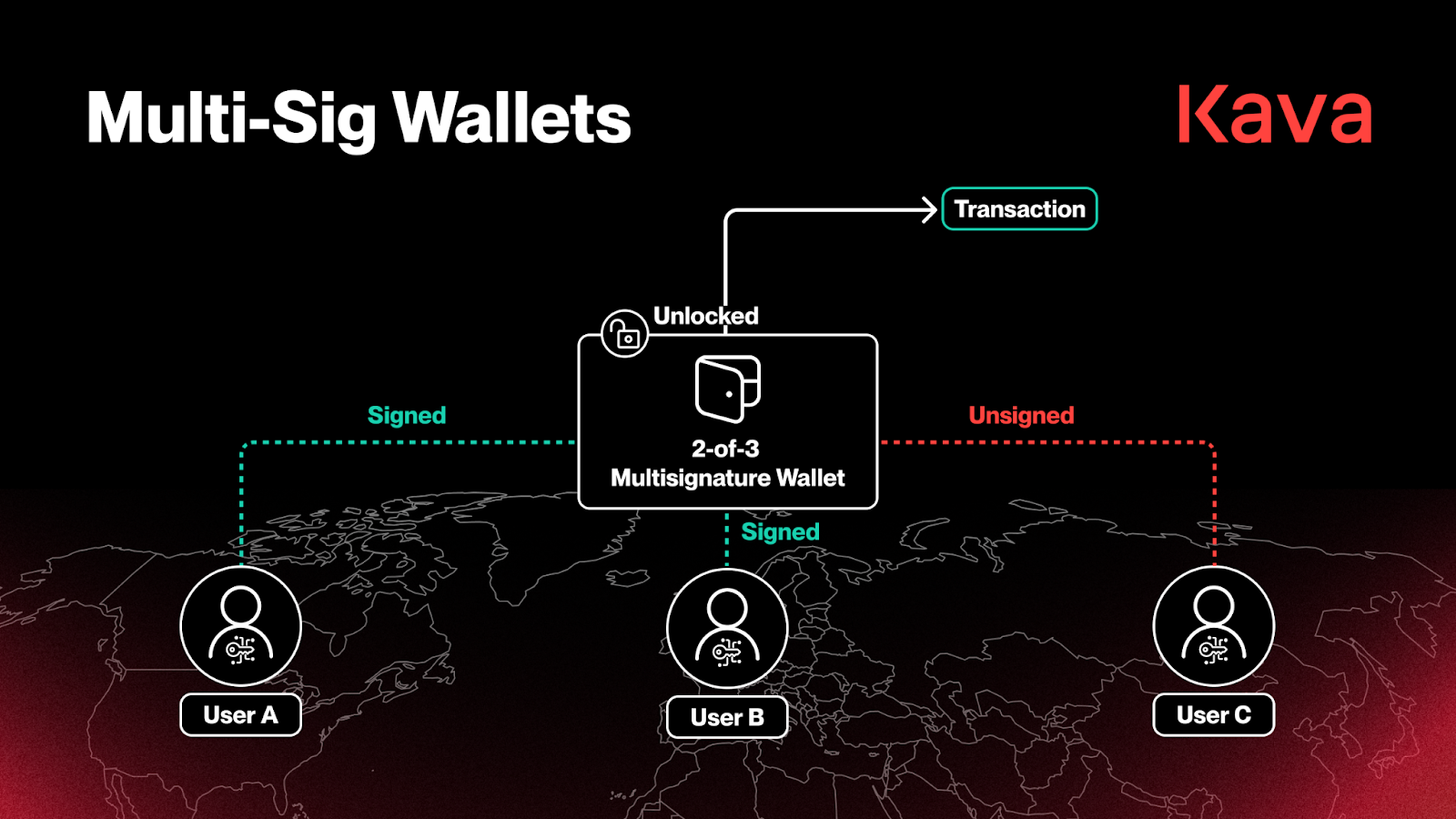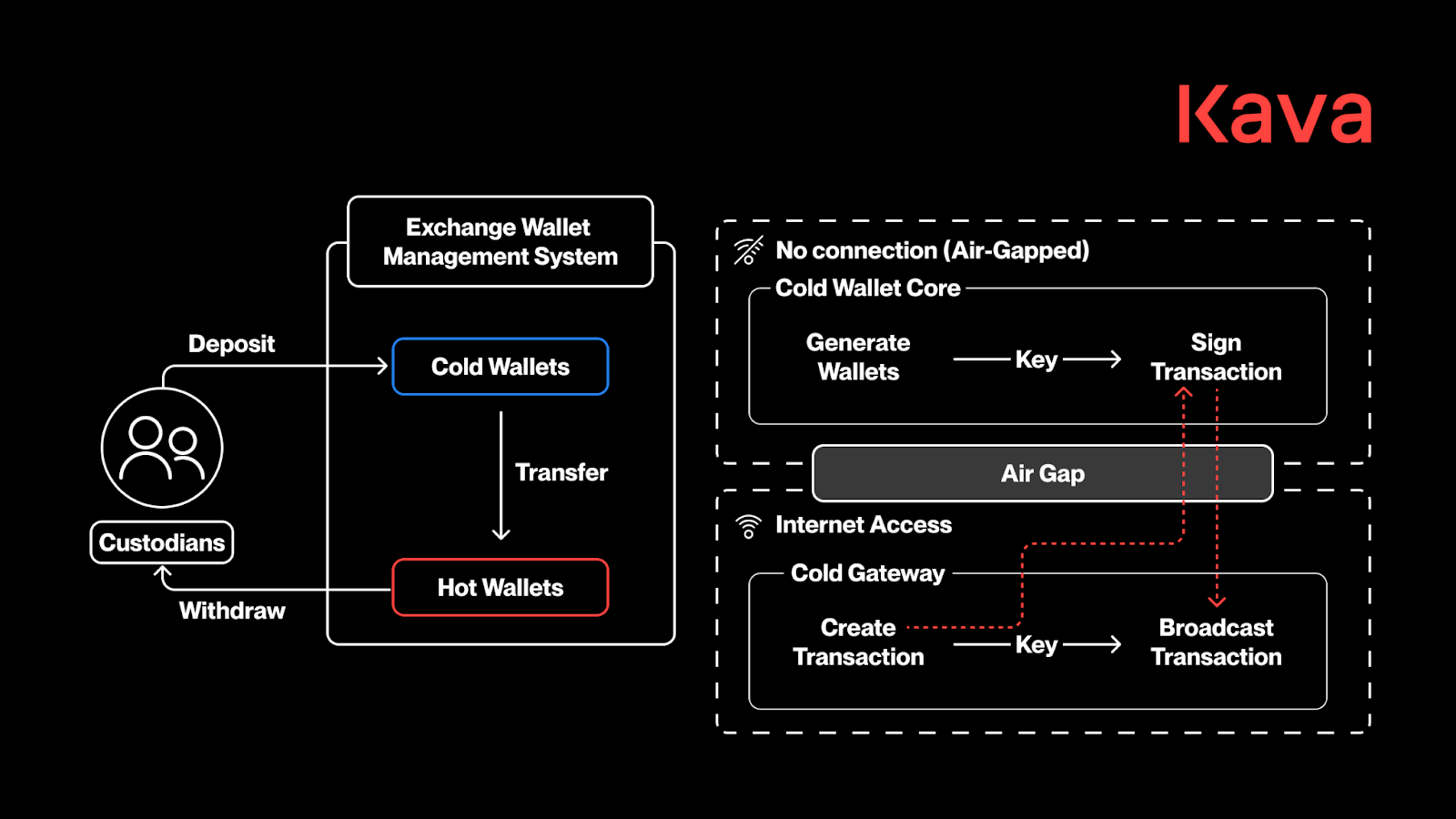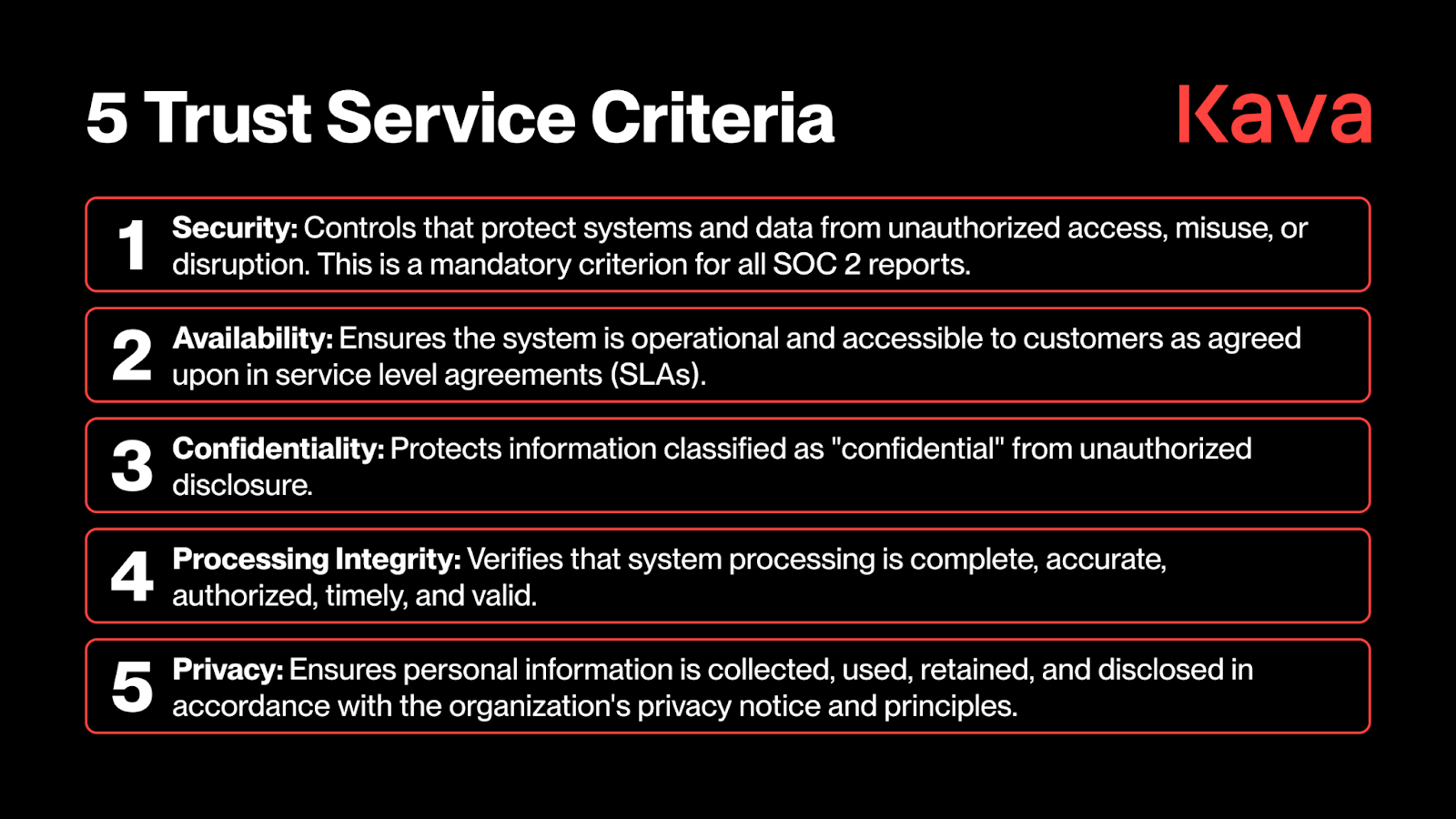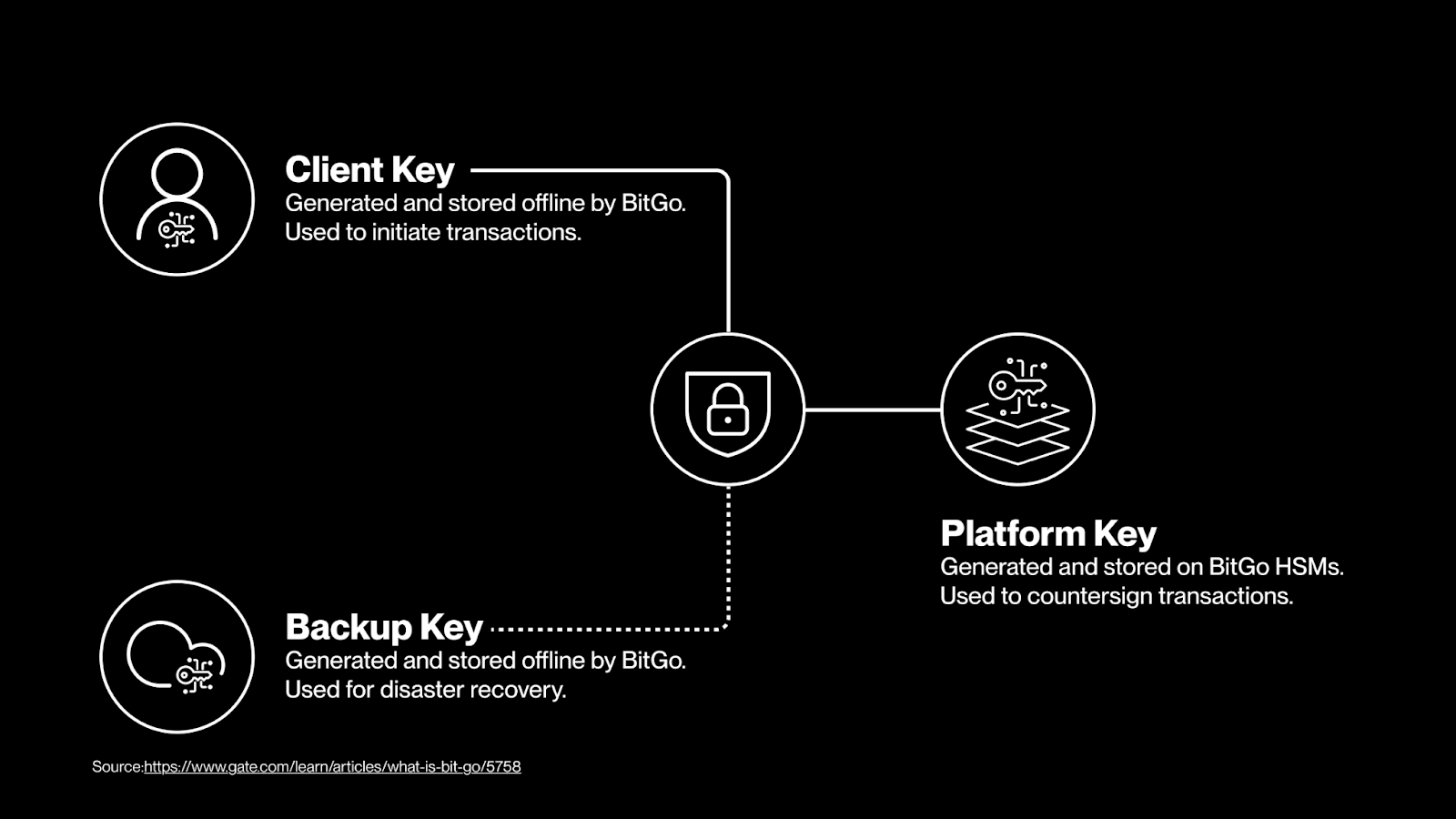U.S. Blockchain Custody: Secure Asset Management Solutions

One of the most significant developments in the blockchain space over the last few years has been the influx of institutional capital. While regulatory uncertainty and the immaturity of the market were two primary reasons why institutions took so long before investing in the space, the simple lack of secure management solutions for digital assets at the institutional level was perhaps the most significant cause for the delayed entry.
In our most recent article on blockchain foundations, we saw how many projects that began as grassroots, decentralized protocols quickly found themselves in need of more robust, regulatory-compliant systems. This demand for enhanced security and regulations, combined with the election of a pro-crypto administration and the passage of the GENIUS Act in the USA, has created a fertile environment for large-scale institutional U.S. blockchain custodians to emerge.
We will begin by briefly explaining how robust blockchain management solutions have created entry points for institutions operating within the U.S. Then, we’ll review the criteria and reasons why many of these custodians adopt SOC-2 Regulatory Standards before examining the critical role of Service Level Agreements (SLAs). Finally, we will share the real-world custodian examples of Gemini Custody, BitGo, and Kraken Custody before concluding with a prediction on the future of U.S. blockchain custody.
Professional-Grade Security from U.S.-Based Custodians
Unfortunately, the blockchain industry has had a history of hacks, custodian fraud, and internal collapses, making it previously impossible for institutional capital to onboard. Notable among the malicious incidents were Mt.Gox (2014), QuadrigaCX (2019), and FTX (2022). Each collapse caused more damage than the previous one, but each also offered an opportunity to learn towards building more robust and secure infrastructure. Overcoming the reputation of this troubled past has proved to be an uphill battle. Still, establishing globally distributed, secure multi-sig cold storage wallets as an industry standard for custodians has been an essential step in laying the foundations for U.S.-based custodians.

The infrastructure supporting these cold storage multi-sig wallets extends beyond basic storage. Cold storage solutions keep the majority of assets offline, isolated from internet-connected systems that could serve as attack vectors. Hot wallets are then maintained for operational liquidity and function under stringent security protocols, with continuous monitoring and anomaly detection systems that flag suspicious activity in real-time. With the introduction of established blockchain auditing frameworks, custodians can verify that digital assets within their wallet infrastructure are accurate.

Compliance with SOC 2 and Regulatory Standards
The introduction of the SOC-2 framework for blockchain custodians shows how the industry has matured and is ready for institutional investment. These standards were developed by the American Institute of Certified Public Accountants and establish rigorous protocols for managing customer data based on five trust service criteria: security, availability, processing integrity, confidentiality, and privacy.

The SOC 2 framework holds particular significance for U.S. projects that have faced increased scrutiny and shifting compliance demands in recent years. As the SEC and CFTC continue to refine their oversight of digital assets, demonstrating adherence to recognized industry standards proves that asset managers and custodians are acting in good faith. Furthermore, SOC 2 compliance offers documented evidence of a custodian's commitment to protecting client assets, helping to mitigate regulatory concerns and establish credibility with oversight agencies.
Service Level Agreements as Operational Safeguards
Even more important than the adherence to standardized frameworks for auditing custodial accounts has been the adoption of Service Level Agreements (SLAs). These legally binding contracts define specific performance standards, uptime guarantees, security commitments, and dispute resolution procedures that govern the custodial relationship. In an industry that has previously operated in a legal gray area, SLAs provide an essential layer of accountability that institutional investors require. When dealing with institutional funds that have a fiduciary responsibility to their investors, SLAs are not just a preference, but an absolute necessity.
For U.S.-based foundations, SLAs provide essential accountability mechanisms. Uptime guarantees ensure that access to assets remains available when needed, with financial penalties for custodians who fail to meet specified availability thresholds. Security provisions outline the specific measures that custodians must maintain, creating enforceable obligations that extend beyond general promises of protection.
Real-World Implementation: Case Studies
The progression of the blockchain industry is being driven by existing trusted custodians that have proven their legitimacy over the last 14 years. Kraken (2011), BitGo (2013), Gemini (2014) have all shown their expertise in the space and now provide a bridge between institutional investors looking for exposure and the existing industry participants seeking capital allocation. Here is how they are doing it:
Gemini Custody - SOC-2 Institutional Compliance
Gemini Custody has established itself as a provider of SOC 2-compliant services specifically designed for blockchain foundations operating in the U.S. market. Their platform combines institutional-grade security with regulatory compliance, offering foundations a solution that addresses both technical and legal requirements. The company's approach emphasizes transparency and auditability, providing clients with detailed reporting on asset holdings and security status.
BitGo - DeFi Multi-Sig Solutions
BitGo has made significant inroads securing assets for U.S.-based DeFi protocols through its multi-signature wallet solutions. The company's technology enables complex approval workflows that align with the governance structures that many decentralized finance projects employ. By supporting customizable signature requirements and offering insurance coverage for qualified assets, BitGo addresses both the security and risk management needs of innovative blockchain projects.

Kraken Custody - Institutional Risk Mitigation
Kraken has been an industry leader in custodial services for retail investors since its founding in 2011. It started by offering a trusted exchange as a direct response to the Mt.Gox Bitcoin exchange collapse. Its expansion into institutional services with Kraken Custody is another example of the industry's continued growth.
Kraken Custody offers professional-grade storage solutions tailored for U.S. crypto projects requiring institutional custody. Their service integrates with broader trading and financial services, giving foundations a complete platform for managing digital assets. The company's emphasis on regulatory compliance and comprehensive insurance coverage appeals to projects that prioritize risk mitigation.
The Future of U.S. Blockchain Custody
Similar to the trajectory that blockchain projects have taken towards becoming regulatory-compliant centralized foundations, blockchain custodians are rapidly undergoing a similar upleveling towards a more robust and secure digital asset management infrastructure.This advancement is positioning the U.S. to lead in secure blockchain infrastructure. By establishing clear standards that combine robust security with regulatory compliance, American custodians can set global benchmarks for additional jurisdictions to adopt. The combination of technological innovation, regulatory clarity, and professional custody could help transform the U.S. into the preferred market for blockchain foundations seeking to build credible, secure, and compliant projects.
